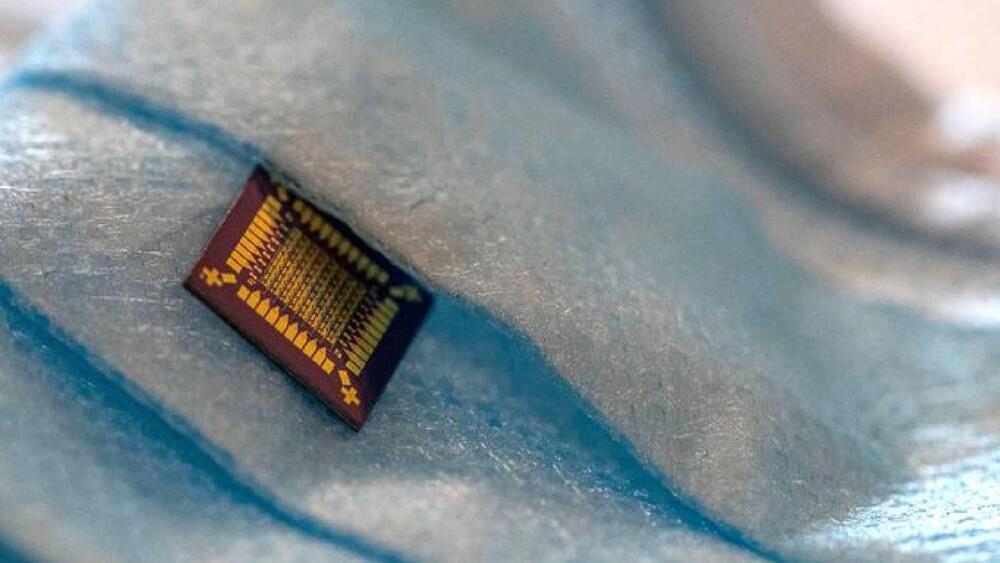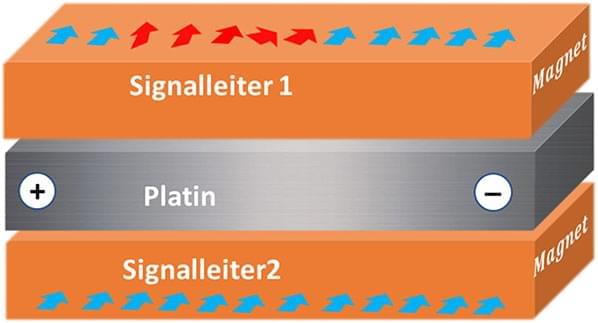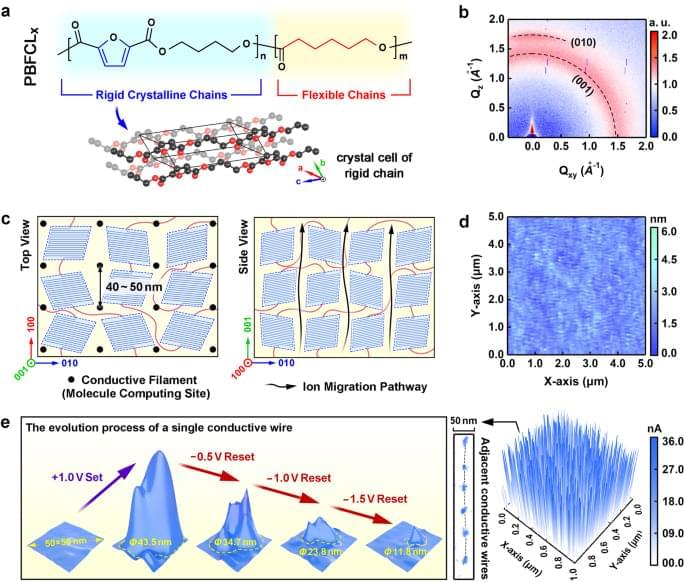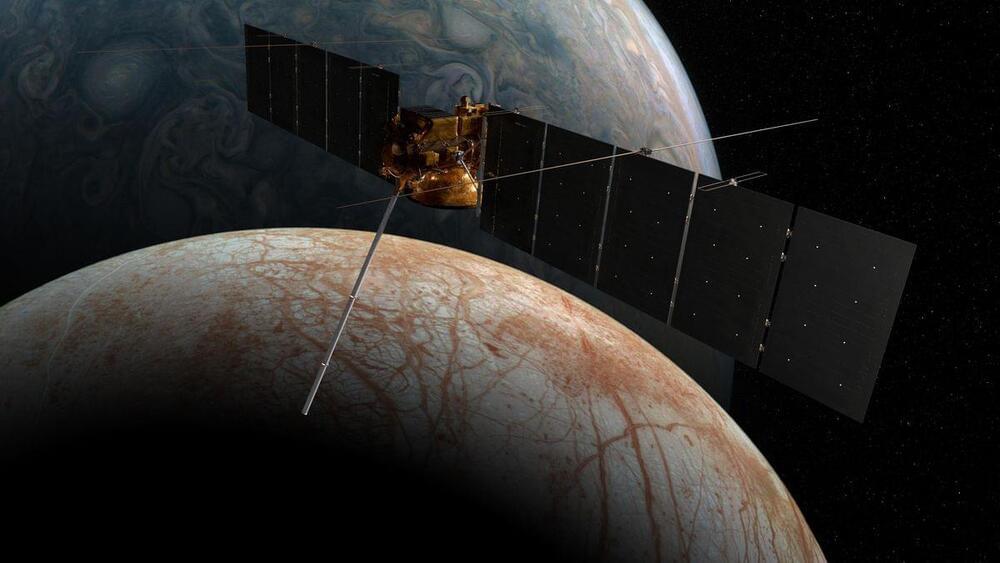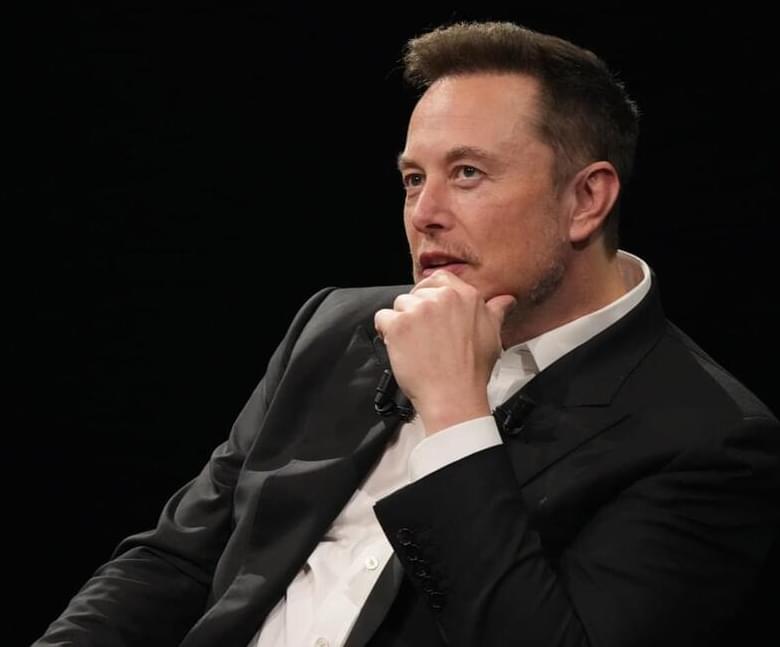Neuralink, the Elon Musk-founded company developing implantable chips that can read brain waves, has raised an additional $43 million in venture capital, according to a filing with the SEC.
The filing published this week shows the company increased its previous tranche, led by Peter Thiel’s Founders Fund, from $280 million to $323 million in early August. Thirty-two investors participated, according to the filing.
Neuralink hasn’t disclosed its valuation recently. But in June, Reuters reported that the company was valued at about $5 billion after privately-executed stock trades.
